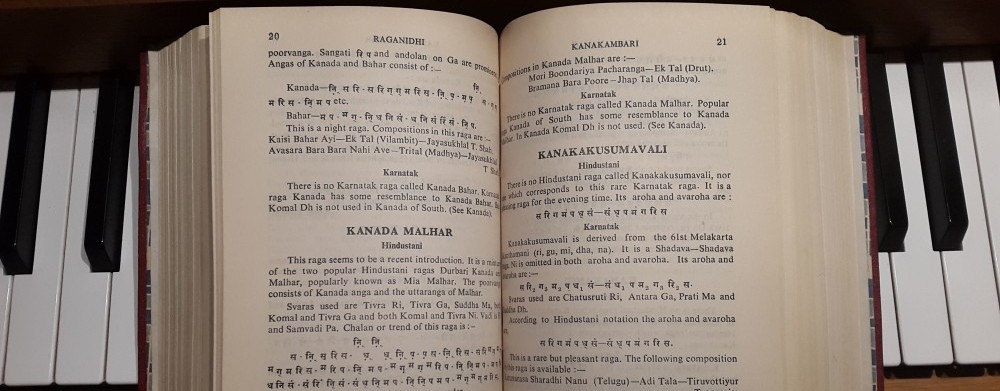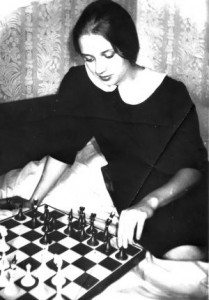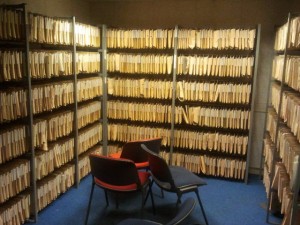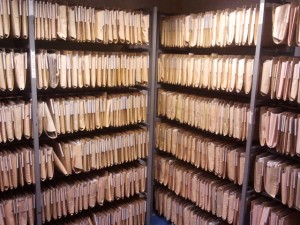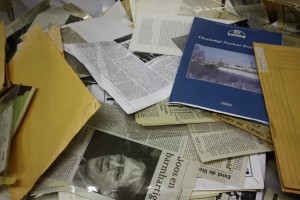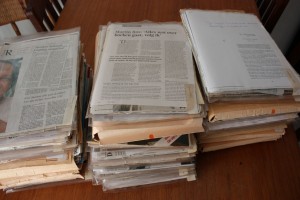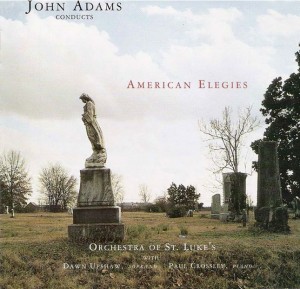My experiment concerned with adjusting the ‘domestic version’ of F.W. Murnau’s cinematic masterpiece Faust to Timothy Brock’s Faust-score – composed for the ‘export version – has reached its completion. The result of my effort can now be watched in one go on my YouTubechannel or here embedded below. Watch the spectacular result of an incredible amount of editing from my part and see how I’ve found a way to combine the ‘domestic cut’ of Murnau’s Faust with Timothy Brock’s brilliant score for another cut of Murnau’s Faust, the so-called ‘export version’, which is almost 10 MINUTES LONGER(!) than the original domestic cut. Do you recognise the challenge here? I succeeded in fitting Brock’s 115min export version score to the 106min domestic cut, by endlessly manipulating the duration of sequences in the domestic cut to get it sync with Brock’s score. As a consequence the adapted domestic cut became of course also 115 minutes! Imagine the job I had to do here, I had to edit in such a manner that the film should keep its natural pace and feel, while all the time I had to manipulate its speed. Sometimes sound and image were half a minute out of sync! Also, beyond the manipulation of speed/duration of sequences, the film is presented entirely in its original order. If one keeps that in mind I think the result of my effort is quite spectacular.
An adjusted domestic Faust with Timothy Brock’s score, my edit.
The Faust-cut for which Timothy Brock wrote his score, the ‘export version’.
